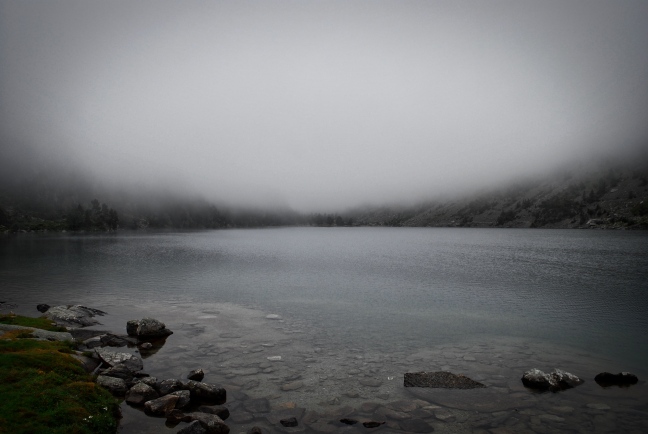Trying to make sense of grading systems when it comes to getting out in the mountains can be a real head ache. Different sports have different grading systems and more often than not the same sport has many different grading systems. In one country you might be on a T5 hiking route and the same route in another country might be a 4 Boots hike! And thats just hiking. When it comes to rock climbing things are no more simple. Is it a HVS 5C a 6a- or a V10.
You can’t really hold it against anyone for this complete mess. People were developing their skill all over the world at the same time and therefore developing their grading own systems. Now that the world is a smaller place the mess seems even bigger. Don’t despair however because these few tips will help you see the wood from the trees and hopefully make life in the mountains easier for you to understand.
Tip #1: Gather as much info about the route you intend to do.
Irrelevant of elaborate grading systems you need to know what the real characteristics of a route are. This refers not only to the physical elements of the route (hight gain, distance, type of rock, water level etc) but to the meteorological elements as well as your own physical condition. You could be on a “easy” route, but if the storm of the century break out, it will soon turn into a very dangerous route. Likewise you maybe on an “easy” route but if your lacking in the physical capacity to complete it then it will soon become very dangerous.
Tip #2: Choose the grading that suits you and stick with it.
Eventually we have to turn towards the grading systems to prepare a route. The grading systems are like a language that need to be translated into the one you understand. If French climbing grades is what you know best then try and get the grading of a climbing route in French climbing grade system. This is because you know what your comfortable with in one particular grading system because thats what your used to.
Tip #3: Interest yourself in the other grading systems.
This takes the understanding of grading to the next level. It’s like when your in a car and you see a speed limit of 60mph and know immediately without doing the calculation that your in a 90kph speed limit zone. So it should be the same for mountain grading. When you climb a 6a French grading you should know that it’s V10 US grading. This skill doesn’t come with memorising all the grading systems. It come with experiencing them. By climbing a 6a and then by climbing a V10 you will learn what they are.
Finally, remember that grading systems are subjective. They were put in place by certain people that are not you. Kilian Jornet, who crossed the Pyrenees in 7 days, when it normally takes two months, will feel the trail is easier than you do. So know the trail, which brings us back to tip No.1. It’s complicated and a lot of work, but lets at least be grateful Kilian is not in charge of the grading!
Below are the grading systems i have become familiar with. Use them if you like, or use other systems, thats fine. Just so long as when your out in the mountains your safe and having a good time.
HIKING
T1: Hike
T2: Hike in the mountains
T3: Challenging Mountain Hikes
T4: Alpine hiking
T5: Demanding alpine hiking
T6: Challenging Alpine hiking
Requirements

